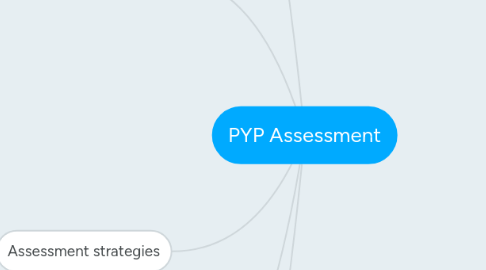PYP Assessment
by Joanne Devery


1. Why
1.1. To provide feedback on the learning process
1.2. To continually improve the program
1.3. To evaluate student performance in accordance with the programme’s standards and practices
1.4. To evaluate students’ overall learning outcomes and the subject-specific overall expectations
1.5. To inform members of the school community and others of the success of the programme
2. Types of Assessment
2.1. Summative
2.1.1. It informs and improves student learning and the teaching process
2.1.2. It measures understanding of the central idea, and prompts students towards action
2.2. Formative
2.2.1. Improves learning and understanding
2.2.2. Fosters enthusiasm for learning
2.2.3. Promotes engagement in thoughtful reflection
2.2.4. Develops the capacity for self-assessment and recognize the criteria for success
2.3. Self assessment
2.3.1. For teachers to provide the best outcome for their students
2.3.2. To empower students with the skills needed to be independent learners
3. Assessment strategies
3.1. Observations
3.2. Performance assessment
3.3. Process-focused assessments
3.4. Selected responses
3.5. Open-ended tasks
4. Assessment tools
4.1. Rubrics
4.2. Exemplars
4.3. Checklists
4.4. Anecdotal records
4.5. Continuums
5. Reporting
5.1. Conferencing
5.1.1. teacher-parent
5.1.2. teacher-student
5.1.3. student led
5.1.4. three way
